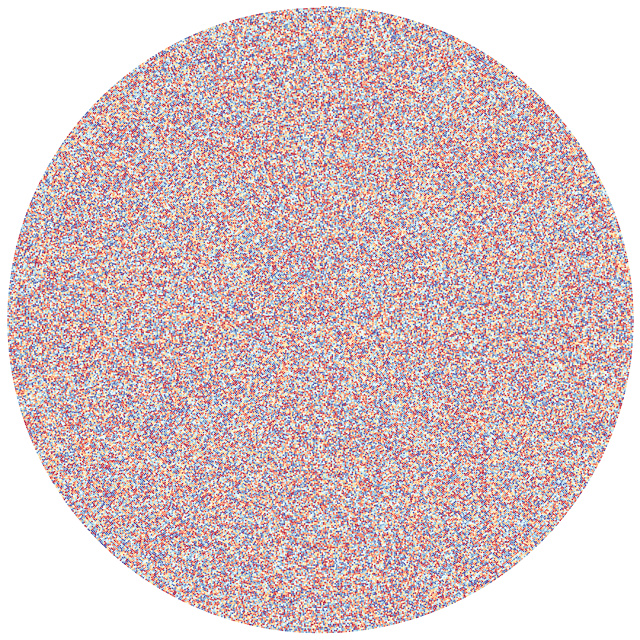
Pi is, quite possibly, the most famous number known to man.* This fact is a little bit ironic, as we don’t actually have a number for pi. Well, not a complete number anyways, because pi never ends. If you try to pin it down to the decimal, you can’t do it—the decimal representation goes on endlessly, and it never settles into a repeating patters. Hence, all the fame.
If you are unfamiliar with this number, pi is the mathematical constant that represents the ratio of a circle’s circumference to its diameter, and it is typically written as 3.14159 . But of course, this number isn’t entirely accurate because (as was previously mentioned) pi never ends. But why does pi matter? In short, because pi indicates that it is impossible to solve the ancient challenge of squaring the circle with a compass and straight-edge. Due to this impossibility, the number itself has plagued individuals since ancient times. In fact, many people have devoted their lives to working out pi as accurately as possible. A British mathematician, William Shanks (1812—1882), spent 15 years of his life working out pi to 707 digits. This is an impressive feat…unfortunately, he made a mistake at the 528th digit, which rendered all subsequent numbers inaccurate.
However, (despite some minor set backs) the quest to understand pi continues. Today, pi has been computed to more than 10 trillion digits. In November of 2004, a chemistry student from China, Chao Lu, attempted to recite as much of pi as possible. Lu practiced for over four years for the attempt and made it to an astounding 67,890 numbers. This feat earned Lu a place in the Guinness Book of World Records for the most places of pi memorized.
Recently, Cristian Ilies Vasile created an amazing way to visualize pi. He divided a circle in 10 segments, from 0 to 9. Then he traced a path going from the third segment to the first segment (representing the 3.1). Then he traced a segment from 1 to the 4 (so now we have 3.14). From here, he goes back to 1, then 5 (so now we have 3.14159). He goes on and on and on adding segments up to about 10,000 digits. After a while, π appears in front of your eyes. The final illustration is truly something to behold.

This visual representation was created by a 41 year old individual who suffered brain damage after being attacked by muggers. He was kicked in the had repeatedly, and amazingly, he was left with the ability to visualize complex fractal patters, which he used to represent pi.

*It is actually represented as “π,” but has become known as “pi” in popular usage.